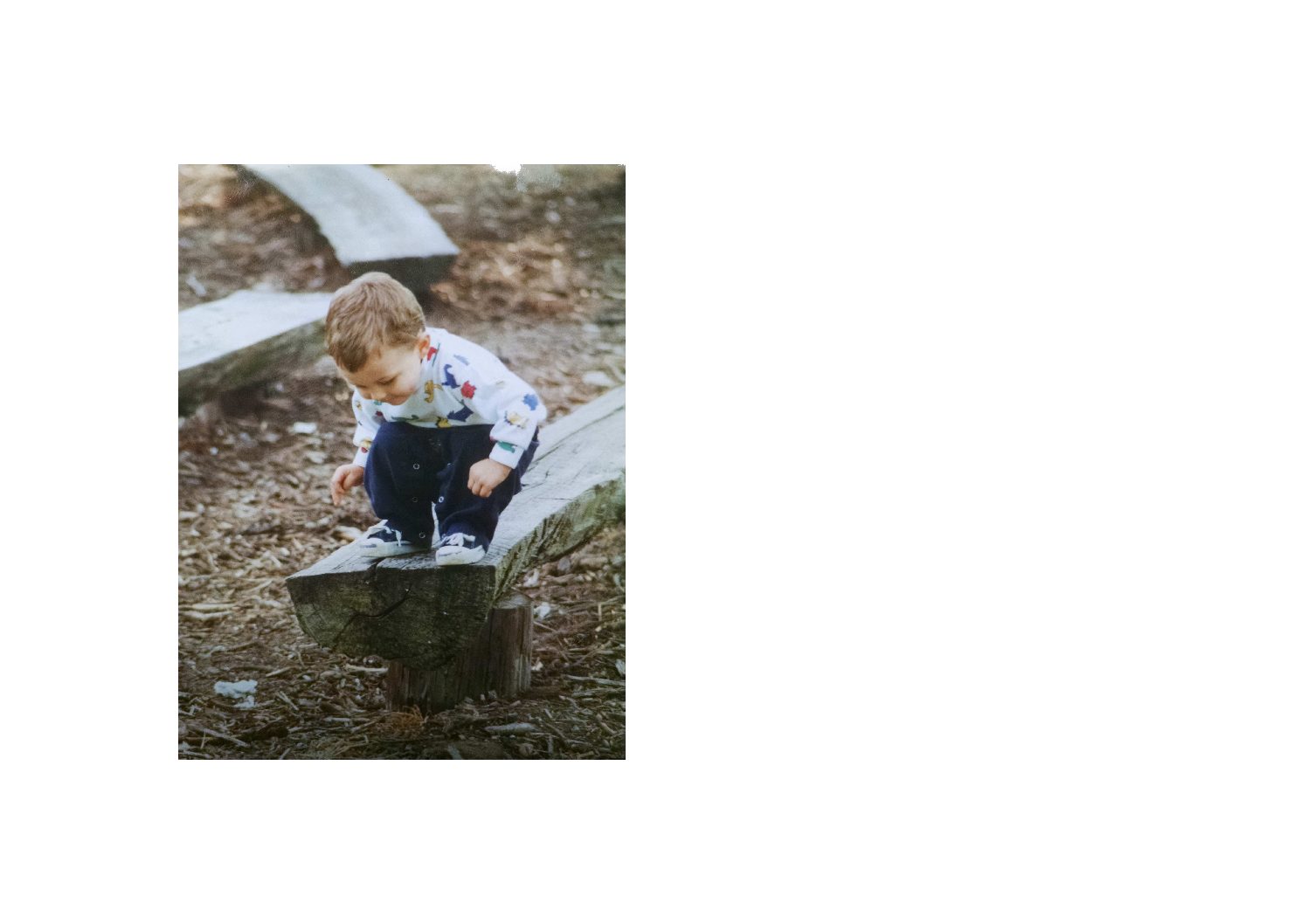I tore this picture from the newspaper last month and put it on the shelf behind some books, but the image didn’t let go. The sorrow it engendered seemed disproportionate. I follow the news and know that human lives and hopes and dreams are being extinguished all over. Children’s lives and hopes and dreams. Why bother about a hundred-year-old photo of some extinct animals?
They are Tasmanian tigers, or thylacines, in a zoo in about 1910. They were hunted to extinction in the wild around that time, and the last of their kind – though there are occasional unverified sightings to this day – died in captivity in 1936.
The thylacine was a marsupial. It raised its young in pouches like a kangaroo, and evidently evolved to fill a dog-shaped hole in its environment. “Convergent evolution”, zoologists call it. I guess because of some conditioned affinity for dogs, I’m more moved by those faces than I could be by any image of a dodo. See those curious, questing, intelligent eyes. And the physiognomy, so familiar and yet so strange. What a dreadful loss.
I’m not sure if we ever carried out a proper accounting for this loss, and I believe we need to – for our own well-being if nothing else. Our ancestors wouldn’t have allowed such a thing to pass without appropriate acknowledgement. Without mourning.
I’m talking here about our deep ancestors, way back when our kind still lived and died amid wonder and mystery, both as a part of Nature and apart from it. Way back before wild grasses were tamed on the silty flood plain. Before wild creatures were hobbled and roped into our enclosures. Before settlements, property, hierarchies, laws, slaves, money, taxes, royalty, God, soldiers, politicians, bureaucrats and the execution block. Before we had to indulge wealthy simpletons boasting about their plans for colonies on Mars and everyone living to 100! Before all the generations of stunted minds and lives. Back to when our distant but actually not so distant kin were strong and alert, and well aware of how deadly our gifts of fire and tools and storytelling could be for the magical web of life on which it all depended.
We could consider the thylacine just another twig snapped off the Darwinian tree, one of many. After all, those who study these things tell us that 99-point-something per cent of all species ever have gone extinct, that’s how evolution works. So… chill. But no. Tug a thread, and then another, and pretty soon the whole fabric comes loose. That must have been clear as daylight to our ancient kin, for whom every waking morning was a reminder of how blessed they were and how dependent on Nature’s grace. It was clear to Shakespeare (“For nothing so vile that on the earth doth live / But to the earth some special good doth give”) and it’s clear to a lot of us today. It’s an important truth yet one that’s glossed over in the narratives that drive our global, urban-agro-industrial culture. So the threads go on being tugged out, one after another.
Scholars of the Sixth Mass Extinction report that species are now blinking out at between 100 and 10,000 times the background rate of extinction. No time to mourn them all, of course. In fact, no time to mourn any of them. Our culture of extraction and consumption has to keep pressing forward, eliminating obstacles along the way.
Stop now and it all collapses.
Carry on and it all collapses.
But at least let’s account for what we’ve done and where we’re at. Even though it hurts. Our deep ancestors, if they came among us now, would surely look at us – their own distant progeny – with eyes of affection, and admiration, and sadness. They’d know full well the price that is paid for injuring Nature, and they’d understand the thylacine can’t be brought back. The thread can’t be pushed back into the fabric, no matter how hard we might wish that.
I believe they’d also consider it the responsibility of our kind, once Nature’s favourite child, to face up to what’s done, to take on that burden – not bury it – then live with it as best we can.











